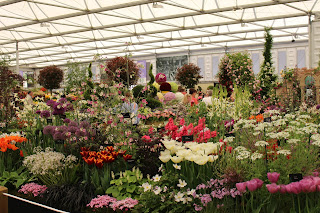
What is the longest scientific name? Taxonomy does not often get into the news, but last month a new species of myxobacterium found in Wales made the rounds [see the original description at https://academic.oup.com/gbe/advance-article/doi/10.1093/gbe/evaa212/5918458 ]. It was found in and named for Llanfairpwllgwyngyll (which is usually abbreviated as Llanfairpwll or Llanfair PG or lengthened as Llanfairpwllgwyngyllgogerychwyrndrobwllllantysiliogogogoch). The authors decided to use the lengthened place name as their epithet with the standard place suffix - ensis and there we have a scientific binomial counting 73 letters. The previous record was the name of a soldier fly from Southeast Asia with a mere 42 letters, so this made the news, not because it may have been surprising that a new species of Myxococcaceae was found in a well-studied area like Wales, but because it has the longest name. Of course it is not the first time a scientific name made it into the new. E...

